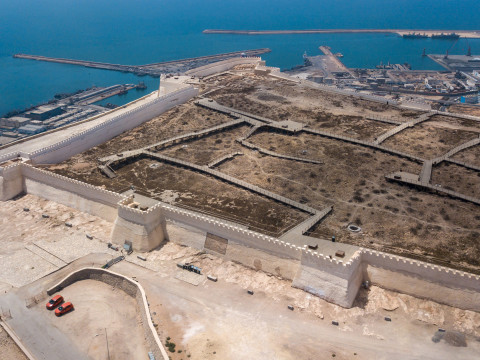
In the studio with Wolfgang Tillmans RA
By Anna Coatman
Published on 17 February 2017
The photographer’s workspace in a former Berlin department store houses giant printers, tropical plants and DJ turntables. Anna Coatman meets the acclaimed artist and EU campaigner.
From the Spring 2017 issue of RA Magazine, issued quarterly to Friends of the RA.
It’s snowing when I meet Wolfgang Tillmans RA in Berlin. The streets of Kreuzberg are covered in ice, and I skate tentatively across them to reach the photographer’s studio – a converted 1930s department store designed by the modernist architect Max Taut. Inside, I find a haven of calm and warmth. In the kitchen area, January sun pours through a grid of windows, backlighting a jungle of potted grasses, ferns and tropical plants. Assistants are quietly chatting, making coffee and tearing chunks off a fat, freshly baked pretzel.
Tillmans arrives, wearing a bomber jacket, jeans and a beaming, roguish smile. For a spell in the 1990s, he captured the "ecstasy generation" for fashion magazines, developing a quotidian, naturalistic style of photography that would become his trademark. Thirty years on, with "RA" after his name and a Turner Prize under his belt, he still has an aura of youthful, casual cool.
Though he is just weeks away from opening a solo show at Tate Modern (13 years after his Tate Britain retrospective) and another at Fondation Beyeler in Basel, Tillmans seems relaxed, happy to guide me through a series of expansive rooms of the kind you would rarely find in London, where he also lives and works. Recently, he decided to spend more time over here, partly because of leaks in his Bethnal Green studio – "I mean, I had buckets up at night" – but also to "shift the life-work balance. When I was living in London full time I was not doing anything but work, just like everybody else."
Born in Remscheid, Germany, Tillmans became an Academician in 2013. He doesn’t see himself as a Berliner: "I feel like a European." For his recent pro-EU campaign he produced T-shirts and downloadable posters with slogans such as "What is lost is lost forever".
"It’s curious. A year ago the EU thing was about a particular vote. Now this amorphous, nationalist, right-wing sentiment is something that has become the central issue of world politics. And so how, as a sort of avant-garde artist, do you engage with the number one political subject?"
This is something that Tillmans has long been grappling with. Rather than being another retrospective, the Tate Modern show takes 2003 – the year of his Tate Britain exhibition – as a "point of departure". This was also "the year when the state we’re in now began, with the Iraq War demonstrations, and the breaking of trust between the politicians and the people."
"The exhibition is only about an idea of now," he adds, gesturing to a couple of abstract pieces from his 'Lighter' series. "You’re not supposed to read some commentary about concrete issues into these works. But all my work has an interest in describing what it feels like to be alive today."
In adjoining rooms, people are preparing work to be shipped for the exhibition: hand painting the edges of prints so that the white won’t show when they are mounted; wrapping a still-life of a watermelon in plastic. There’s a set of turntables – Tillmans, who has been making music since he was 17, has just released a techno EP and a "visual album", and is including a "Playback room" in the Tate show. The studio also has a collection of giant printers, including one Tillmans bought with his Turner Prize money. Having worked exclusively with digital photography since 2012, he now retouches and prints all of his own work. "Digital technology has actually made photography more hands-on for me."
In a corridor, we pass a tree – as a sapling, it appeared in his 1997 US Vogue shoot with Kate Moss. On every surface, objects, prints, pieces of fruit are placed artfully – recalling Tillmans’ still-lifes, as well as the display tables that have featured in his installations. On the walls, snapshots, postcards and posters are pinned alongside original prints – images of the late George Michael, a puppy, Angela Merkel. "My daily work is really about questioning pictures – are they just attractive for the moment? Or are they something more? So I move them, take them down and put them up again. I live with them."
More from Wolfgang Tillmans’ studio...

“I’d had this place for fours years already but just as an empty space. I rented it in 2007 and literally had it empty to see what would happen with it. I had for example twelve different black and white photocopiers that I bought from eBay and old analogue photocopiers. I would ship things from London to here, just to keep the London studio working.”

“The purpose of the studio is hardly ever to shoot. I actually don’t like the word shoot – to photograph. It’s really about looking at the work, and testing it, and seeing it, because photographs have an inherent quality. It’s not like a painting that is in progress and can be stopped at any point or can be moved forward at any point. A photograph says 'I’m here, I’m good, like me.' Every picture wants to be liked. And I want to
… 
“Since my first show in New York in 1994, which I made a model for in my room in my London flat, I’ve always worked in 1/10 scale. It’s not like every artist works with these models, it’s just something I found really useful and then kept doing.”

“You can now take pictures of more than the eye can see. They contain more information than you can ever remember. It’s something like you could never paint – it’s a new type of picture. And that is so intriguing – that these are pictures that could not have been made before. I have always been interested in the technique of photography. Kodak put out this film when I was 25 that was the sharpest film ever. It had
… 
“I made music when I was 17 or 18. When you’re a teenager you are actually quite lucid. I had 24 hours a day to think about the world, and myself in the world. And music at the time was, besides art, something I could reflect myself in. I was in a synth duo with a friend, but then he moved out of town, and so the whole thing just ended abruptly. I never mustered up the courage to find another partner. The whole thing
… 
“I’ve only made a few films. I have to feel a great deal of passion before I really get down to making one. For the Tanks in my Tate Modern exhibition I’ve made a sound piece from field recording ideas I’ve had over the years. It has visuals as well.”
Wolfgang Tillmans is at Tate Modern until 11 June 2017, and at Fondation Beyeler, Switzerland, from 28 May–1 October.
Anna Coatman (@AnnaCoatman) is Assistant Editor of RA Magazine.

Enjoyed this article?
As well as free entry to all of our exhibitions, Friends of the RA enjoy one of Britain’s most respected art magazines, delivered directly to your door. Why not join the club?
Related articles
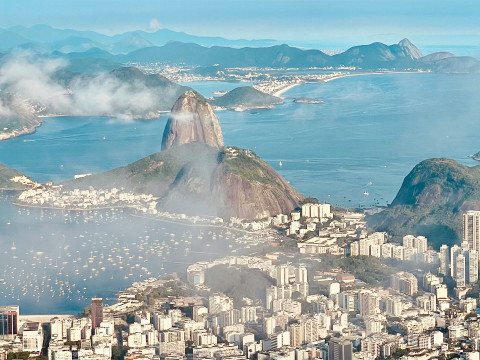
Five Brazilian cultural icons from the 20th century
28 February 2025
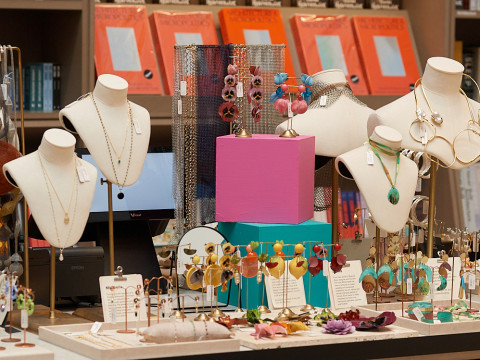
A love letter to the gallery gift shop
18 November 2024
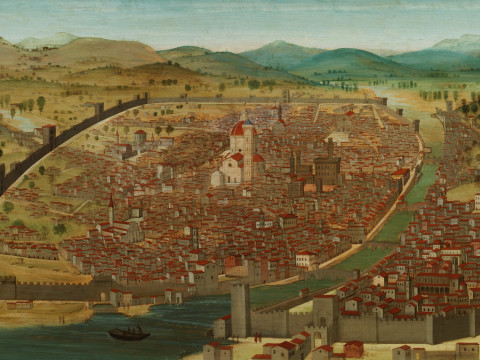
Painting the town: Florence in 1504
15 November 2024
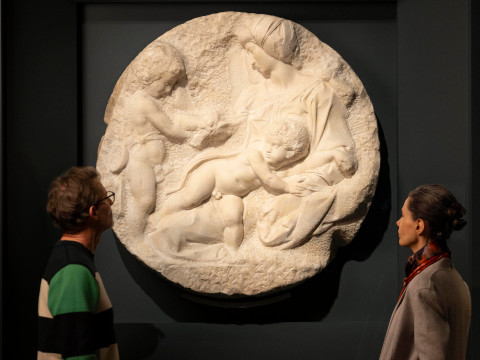
Moving a masterpiece
7 November 2024
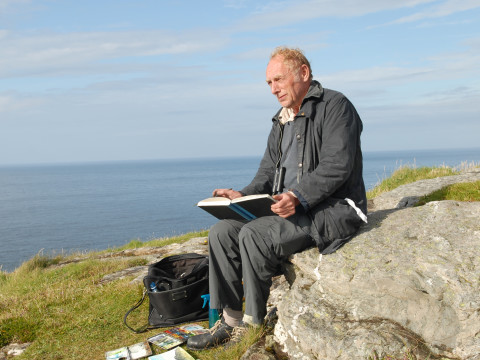
In memoriam: Norman Ackroyd RA
20 September 2024
